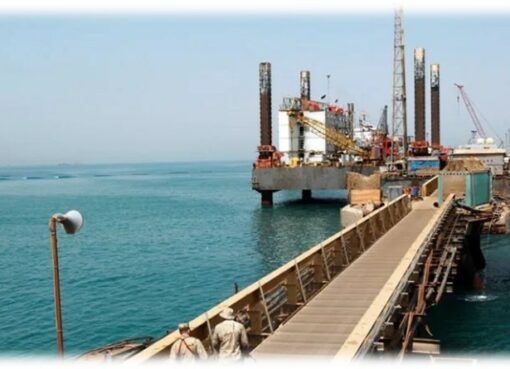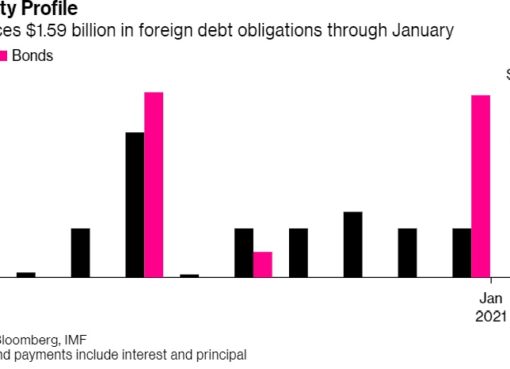Abstract
In 1979 Iraq was a net creditor to the world, due to its large oil reserves and lack of external debt. Fifteen years later, its government debt-to-GDP was over 1,000%. At the time of the U.S. invasion in 2003, Iraq was saddled with around $130 billion in external debt that needed to be restructured. How does a country incur so much debt, so fast, and how does it get out of it? In answering this question, the paper makes two key contributions. First, I re-construct the build-up of Iraqi debt through the 1980s and 1990s using mainly secondary sources. This paper is the first to create a debt series going back to 1979. The rise in Iraqi indebtedness was a consequence of global geopolitical trends in the 1980s where political lending trumped solvency concerns. Second, through primary sources and interviews with key actors involved, I use oral history to tell the story the Iraqi restructuring. It was one of the largest in history, yet no clear and detailed historical account ex-ists. The restructuring was permeated by politics to inflict harsh terms on creditors at the Paris Club, at a time when creditor-friendly restructurings were the norm. In going for a politically expedient deal, however, the re-structuring missed an opportunity to enshrine a doctrine of odious debt in international law.
Download the Study as PDF file by clicking on following link .
LSE-WP304-Tracing Iraqi Sovereign Debt
(*)Simon Hinrichsen is working as Portfolio Manager with Sampension Insurance in Copenhagen and accomplished his PhD with the Lon








Simon is to be congratulated for this extremely useful study. This study will benefit students, general readers and bankers, who are interested in reading about Iraq.